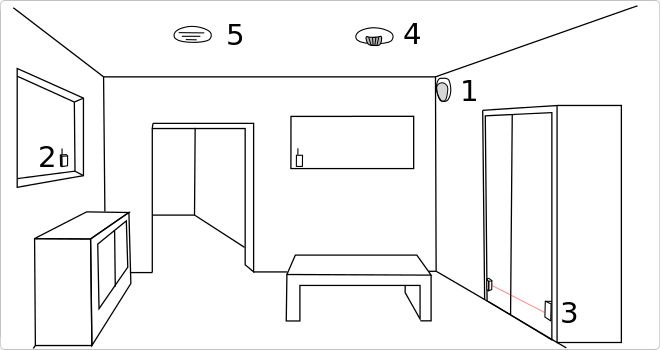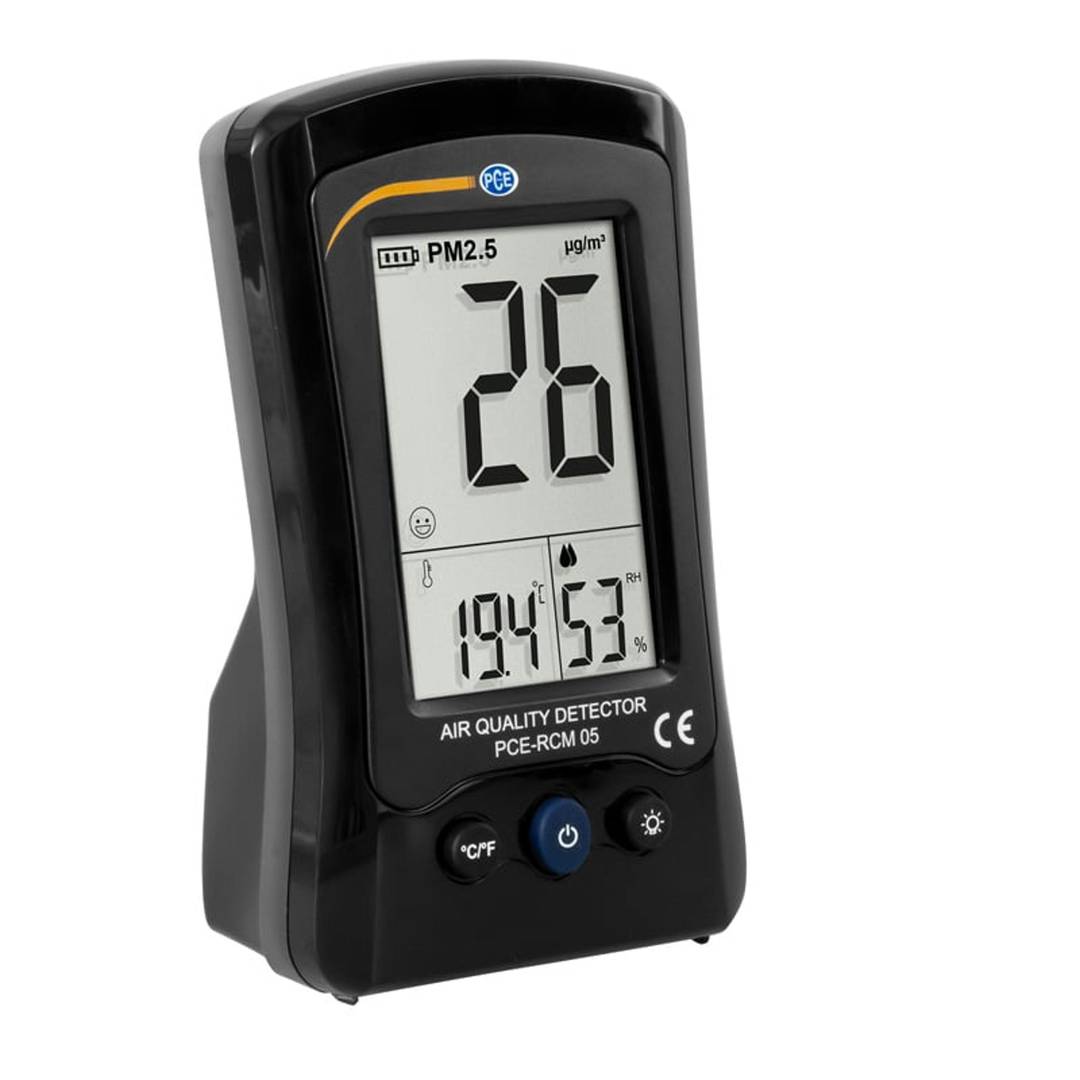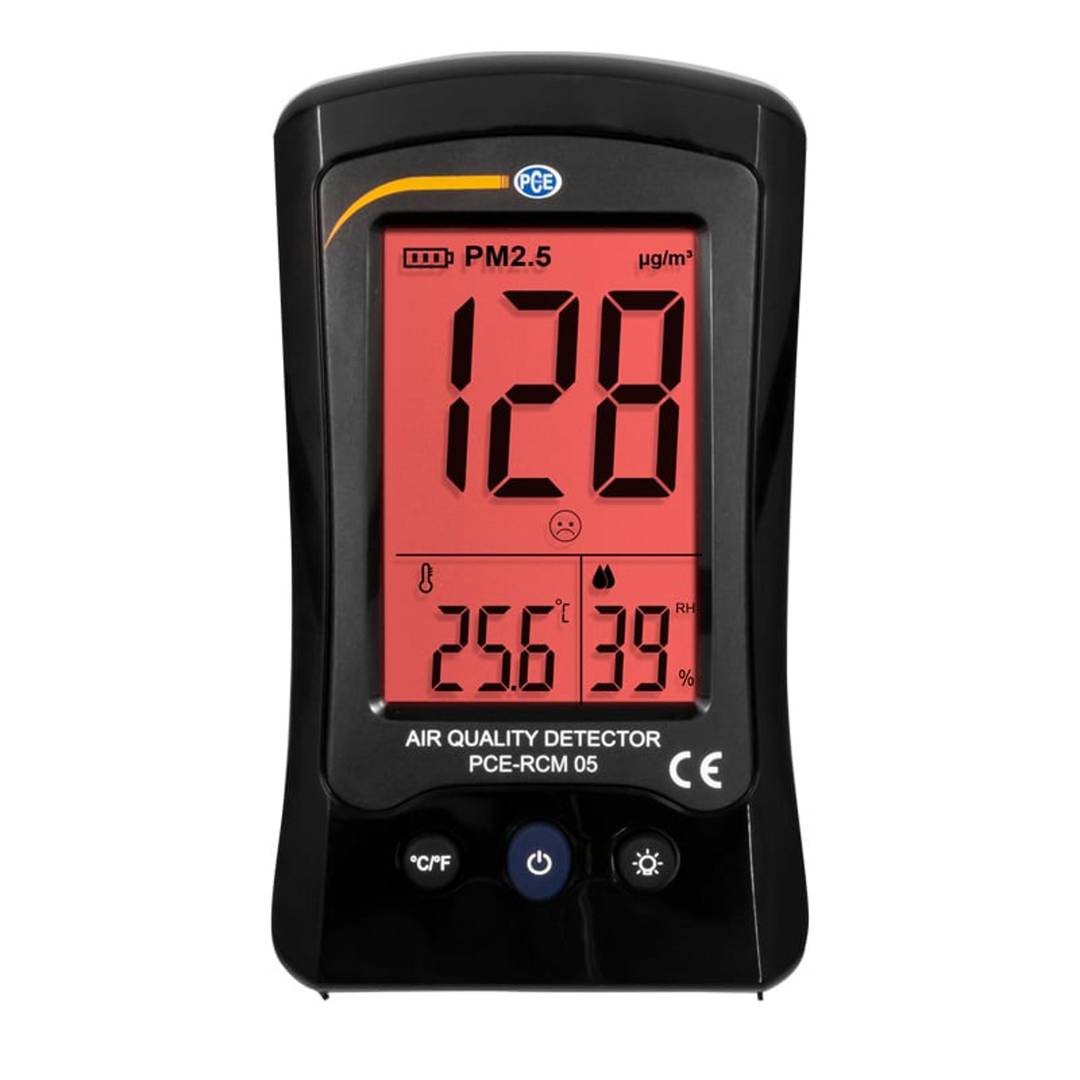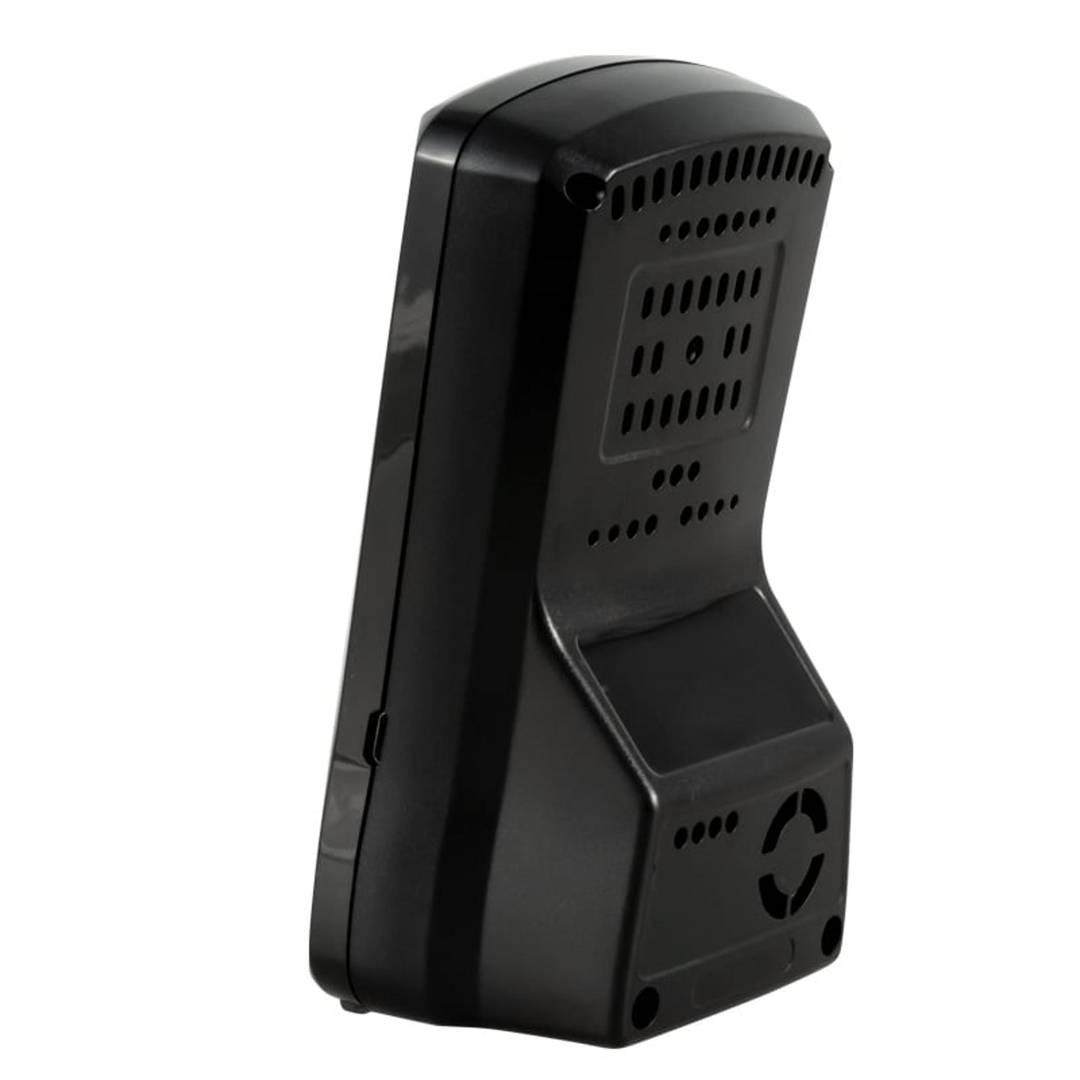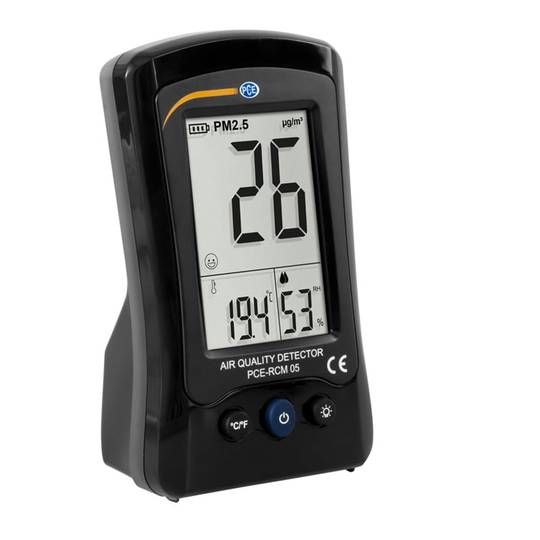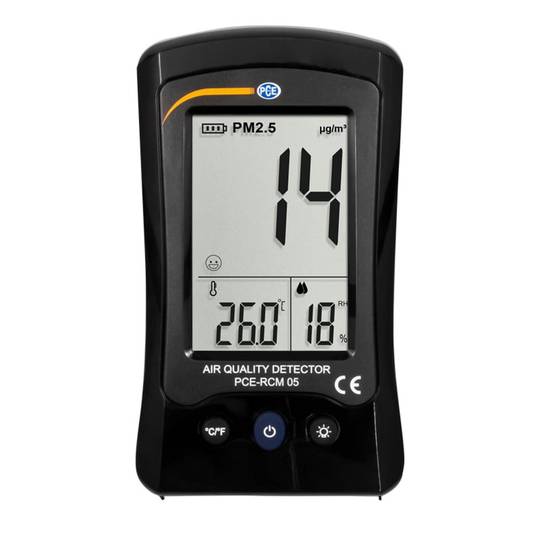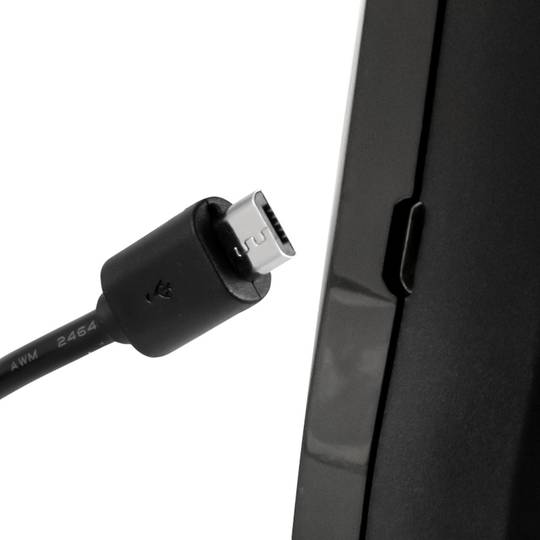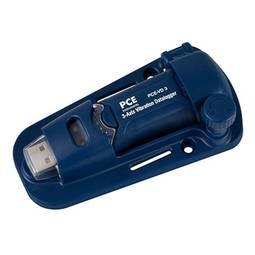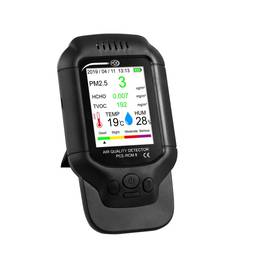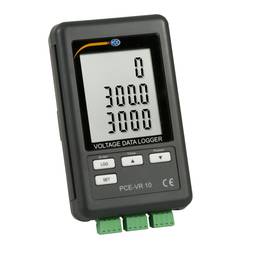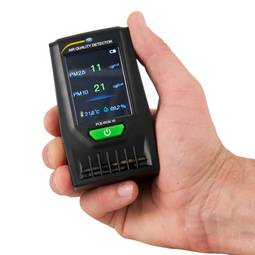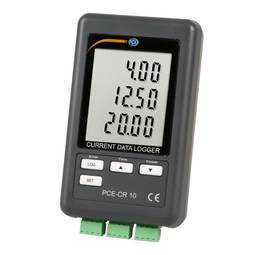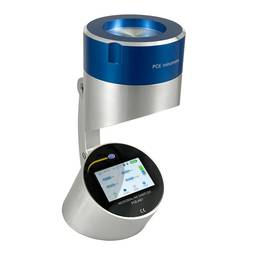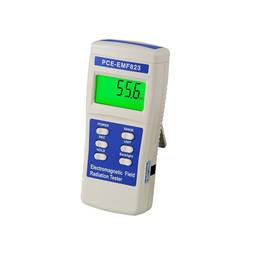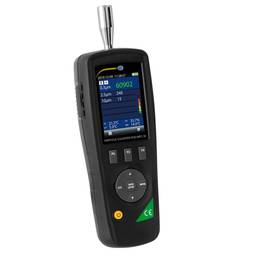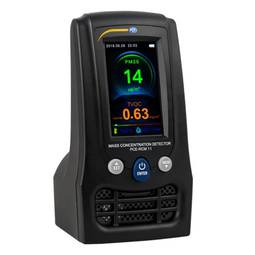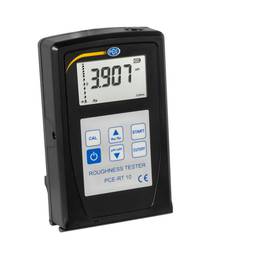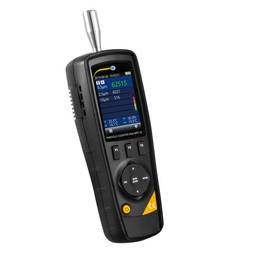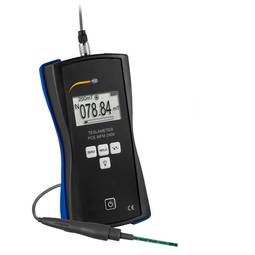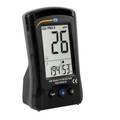05/19/2024 2:59 p.m.
https://cablematic.com/en/products/particle-meter-pce-rcm-05-PC138/
https://cablematic.com/en/products/particle-meter-pce-rcm-05-PC138/
Particle meter PCE-RCM 05
REF: PC138
Specifications
- It continuously measures the presence of PM2.5 particles in the workplace.
- It also indicates the temperature and humidity of the air.
- Measurement range of PM2.5 particles is 0 ... 500 µg/m³.
- Ideal for controlling the concentration of particles.
- LCD display with white backlight.
PVP
€165.90
Price including VAT:
€165.90
PVD
€154.46
PVP: Retail price.
Check conditions.
PVP: Sale price to distributors.
Check conditions.
Buy before:
Receive it:
6 business days
Delivery times are approximate. Cablematic is not responsible for delays.
warranty
returns
safe
Specifications
- It continuously measures the presence of PM2.5 particles in the workplace.
- It also indicates the temperature and humidity of the air.
- Measurement range of PM2.5 particles is 0 ... 500 µg/m³.
- Ideal for controlling the concentration of particles.
- LCD display with white backlight.
More info
The particle counter is a useful tool to measure the mass concentration of particles suspended in the air. PM2.5 particle counter that has an alarm function. This function will allow you to set a PM2.5 particle concentration limit at which an audible alarm will be activated. This function is useful to alert workers in case the established PM2.5 particle concentration limit is exceeded. In conclusion, the PM2.5 particle counter is an ideal device to measure and control the concentration of PM2.5 particles in the workplace. It offers accurate measurement and has an alarm function to alert workers when the set particle concentration limit is exceeded. This makes it possible to guarantee a safe working environment. Manufactured by PCE with reference PCE-RCM 05
Specifications
Specifications
- It continuously measures the presence of PM2.5 particles in the workplace.
- It also indicates the temperature and humidity of the air.
- Measurement range of PM2.5 particles is 0 ... 500 µg/m³.
- Ideal for controlling the concentration of particles.
- LCD display with white backlight.
- The background lighting changes to red when a certain limit value is exceeded.
- It works with accumulator.
- alarm function.
- Gross Weight: 420 g
- Number of packages: 1
- Master-pack: 1
Technical terms
- Movement detector
Movement detector
Within the detection systems we can find different types according to their operation, among them the most common:
- Infrared sensors
- Vibration sensors.
- Photoelectric sensors.
- Ultrasound sensors.
- Acoustic sensors
- Sensors by infraRrojos, are one of the most used types, thanks to its reliable operation and installation, since we can find this type of wired and wireless sensors.
The infrared sensor has a phototransistor capable of detecting the infrared electromagnetic radiation emitted by a body, this type of radiation is not visible by the human eye. A change of radiation in its perimeter will activate the relay and proceed to send ato alarm signal.
Within these, there are two models, passive infrared sensor, which only has a phototransistor and assets, which have an emitter and a receiver. - Vibration sensors are used mostly in security systems, such as window sensors. car alarms etc.
Its operation is based on an accelerometer, through a piezoelectric sensor. This type of sensorDue to its construction material it allows to detect changes and pressure when emitting an electric charge. - Photoelectric sensors, these are the sensors that use photoelectric rays, normally a transmitter and a receiver are used, they are commonly used in automatic door systems, elevator doors, production chains, etc.
- The ultrasonic sensors are those that emit an acoustic signalabout 30 kHz, a signal that is not appreciated by humans. This signal or wave propagates through space, walls, objects, doors, etc. once the signal has spread the sensor is activated and any change will trigger the sensor.
These types of sensors are also used in devices that require measuring distances and detecting objects. - Acoustic sensors, are those that can detect the signal emitted by anyobject and are able to detect the pressures that the acoustic waves emit, such as the noise of the crystals when breaking a window.
